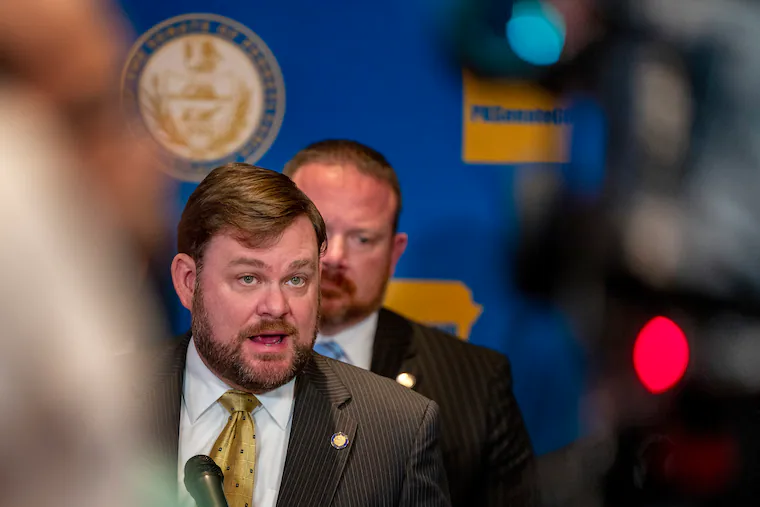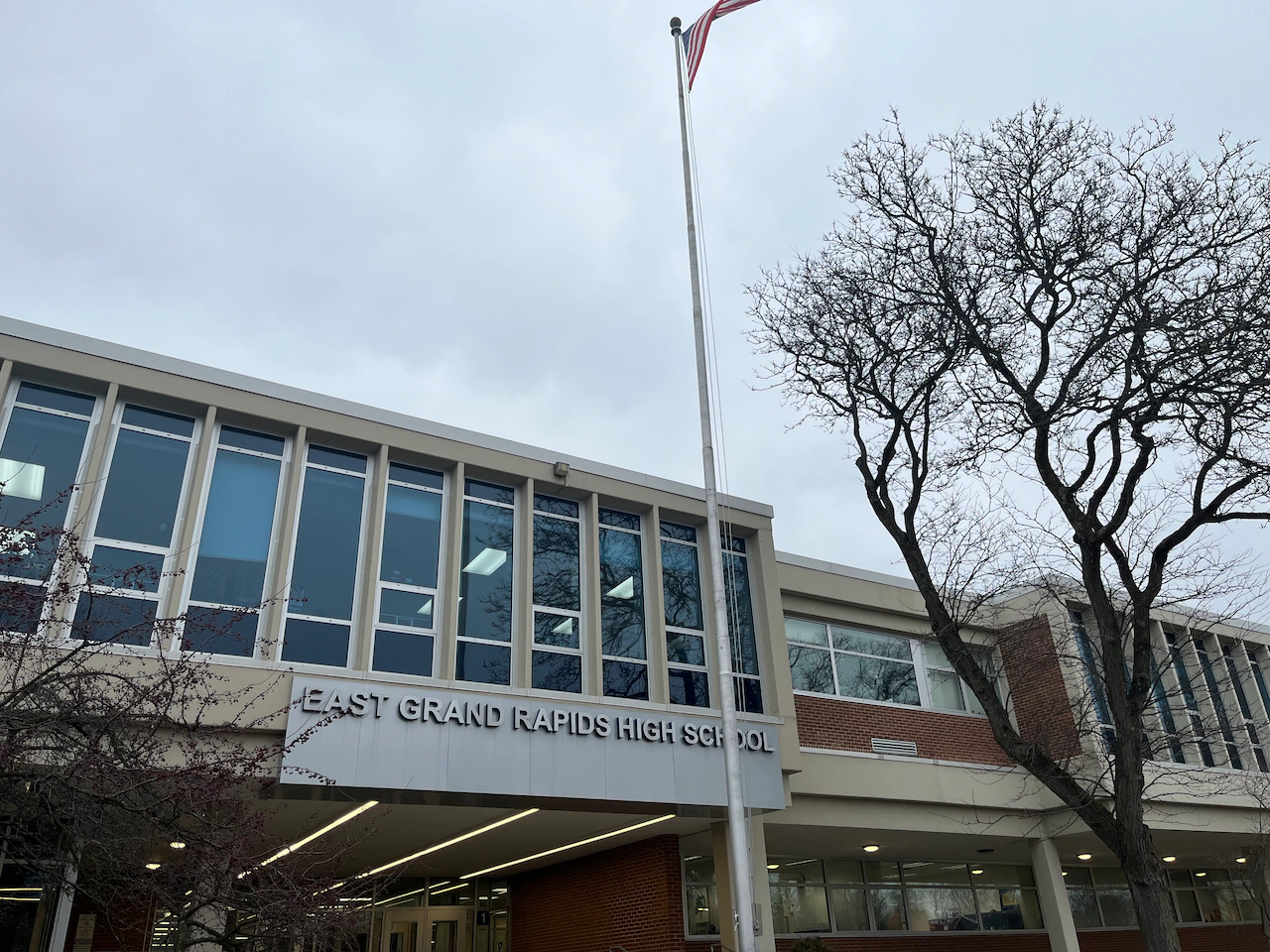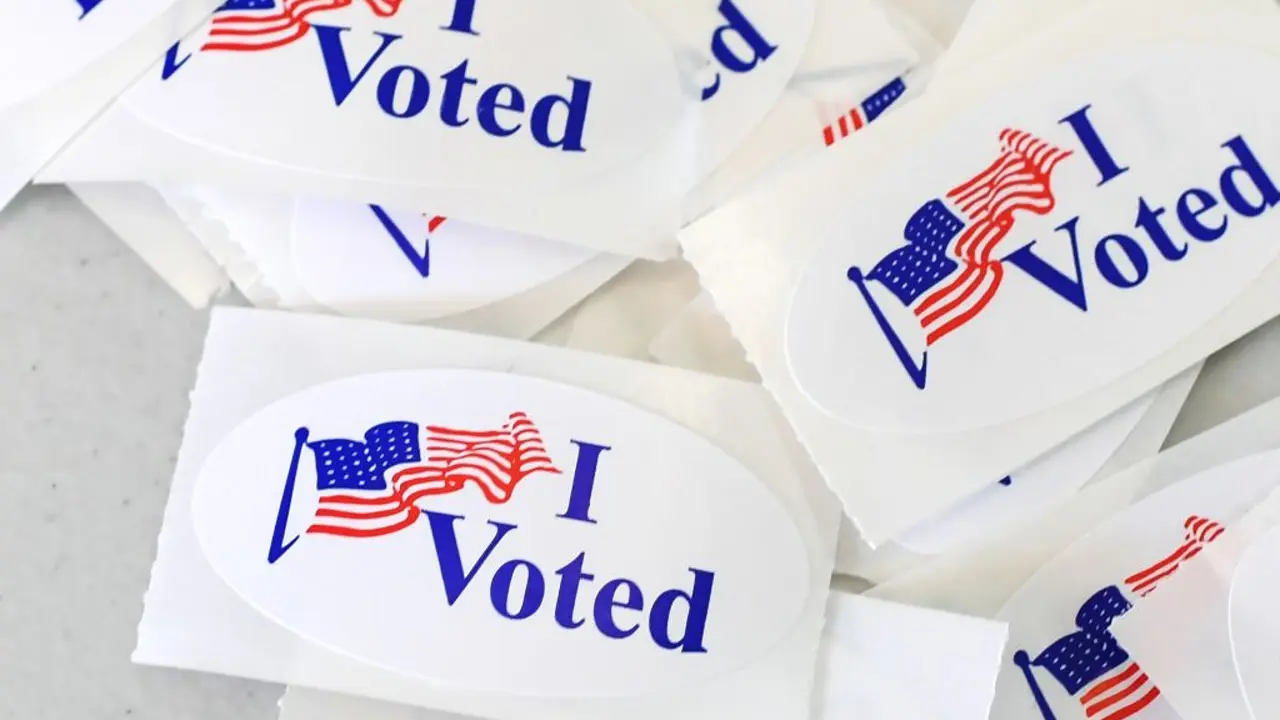Copyright The Philadelphia Inquirer

HARRISBURG — The Republican-led Pennsylvania State Senate sent a $47.9 billion spending plan to the state House on Tuesday, but the proposal was dead-on-arrival and deemed “unserious” in the Democratic-controlled chamber, marking the latest chapter of the nearly four-month-long budget impasse among the state’s bitterly divided legislature. The Senate GOP plan, which passed the chamber by a 27-23 vote along party lines, included a $300 million or 0.6% total increase over last year’s budget that is intended to cover the state’s debt service and pension obligations, in addition to cutting operational spending for the legislative body by 5%, said Senate Majority Leader Joe Pittman (R., Indiana). The Republican senators’ spending plan amended a bill that passed a narrow bipartisan majority in the House earlier this month to spend $50.25 billion for the 2025-26 fiscal year, allow for significant increases in public education spending, and cover increased Medicaid expenses. » READ MORE: Now 100 days late, the Pa. House OK’d a $50.3 billion budget but still no agreement with Senate as tempers flare The House Democrats’ $50.25 billion spending bill was a slight decrease from the $51.5 billion budget proposal Democratic Gov. Josh Shapiro pitched in February. And it was an attempt by House Democrats at reaching a compromise — decreasing their proposed spending by 2.4% over Shapiro’s initial pitch — after encouragement from Senate President Pro Tempore Kim Ward (R., Westmoreland) for legislative leaders to bring the usually closed-door budget negotiations into the public eye. But the Senate GOP’s counteroffer passed Tuesday included little compromise and little increase in spending. However, it’s a budget that will fund Pennsylvania’s needs rather than wants, several top GOP senators said during floor debate on the bill. “All it takes is one day and one vote to end this ‘Shapiro Shutdown,’” Pittman said in his floor remarks in support of the GOP budget bill. Several GOP senators noted the state’s fiscal outlook as the reason lawmakers can’t afford to spend much more over last year, as Pennsylvania is on track to bring in $46.4 billion during the 2025-26 fiscal year, which is significantly less than Shapiro and House Democrats want to spend. Pennsylvania is sitting on approximately $10 billion in reserves, from its leftover balance from the 2024-25 fiscal year and its hefty Rainy Day Fund. Democrats want to tap into those reserves and reinvest them in the state, while Republicans believe it’s critical to protect those funds to maintain the state’s bond rating or cut taxes as a way to reinvest those surpluses back into taxpayers’ pockets. Top Senate Republicans on Tuesday urged the state House to return to session and pass their $47.9 billion spending plan as the most responsible way to protect Pennsylvania taxpayers in future years. And some offered criticism of Shapiro, who has continued to host news conferences around Pennsylvania during the 113-day budget impasse, accusing the governor of failing to lead in Harrisburg on budget negotiations. “If you want to have an honest conversation about how to get this budget done, a governor gallivanting across the state taking pot shots at members of this caucus doesn’t help,” Pittman said. What wasn’t mentioned Tuesday among Senate Republicans was that $47.9 billion is the highest number that the most conservative members of the GOP Senate caucus have pledged to spend. Sen. Dawn Keefer (R., Cumberland) who previously led the House Freedom Caucus before her election to the state Senate last year, even went as far as to take a flamethrower to a replica of Shapiro’s budget proposal while promising viewers in a social media video earlier this year through a rhyme that she would “hold the line at $47.9″ billion. » READ MORE: Pennsylvania’s state budget is months late. Leaders still can’t agree on the basics. Senate Democrats firmly rejected the GOP plan as a farce that won’t cover the state’s obligations for this fiscal year or make critical increases to public education funding needed to improve Pennsylvania’s school funding system. The top Senate Democratic leader, Sen. Jay Costa (D., Allegheny), tried several legislative maneuvers to try to get the Senate to vote on the House Democrats’ bill instead of the GOP proposal, all of which failed. “They thumbed their noses and they said, ‘Go to heck,’” said Sen. Vincent Hughes (D., Philadelphia), who is the minority chair of the state Senate appropriations committee ahead of Tuesday’s vote, of his GOP colleagues’ response to the House bill. Shapiro, following a news conference in Allegheny County on Tuesday, echoed a similar sentiment when he told reporters the Senate’s proposal was “a joke” and “not designed to be serious or get the job done.” He again urged top GOP Senate leaders to begin meeting with top House Democrats to finalize a budget deal. Budget talks have largely stalled since August, when the urgency for a deal seemed to dwindle when Shapiro and Democrats agreed to remove mass transit from the negotiation table, a top Democratic priority. » READ MORE: Why there was no deal for SEPTA in Harrisburg after all “I’m sorry transit didn’t get funded. But just because your top priority didn’t get addressed, doesn’t mean that our priorities are no longer relevant, and that’s a hard truth,” Pittman said Tuesday, who has been critical of Pennsylvania’s mass transit systems and was a major roadblock in finalizing a deal. And as evidenced by Tuesday’s vote, leaders still do not agree on how much Pennsylvania should spend for the current fiscal year, now almost in its fifth month. Pennsylvania is the only state in the nation without any spending plan. North Carolina, which passed a six-month budget in early summer, returned to session this week to finish budget negotiations.



